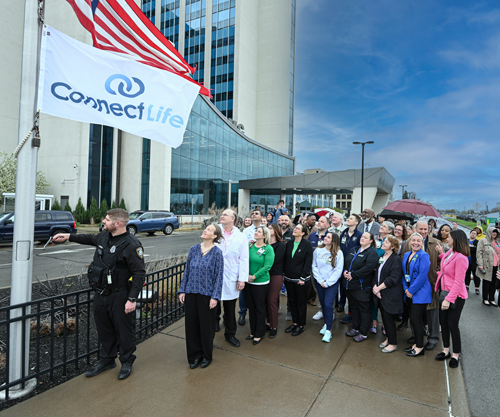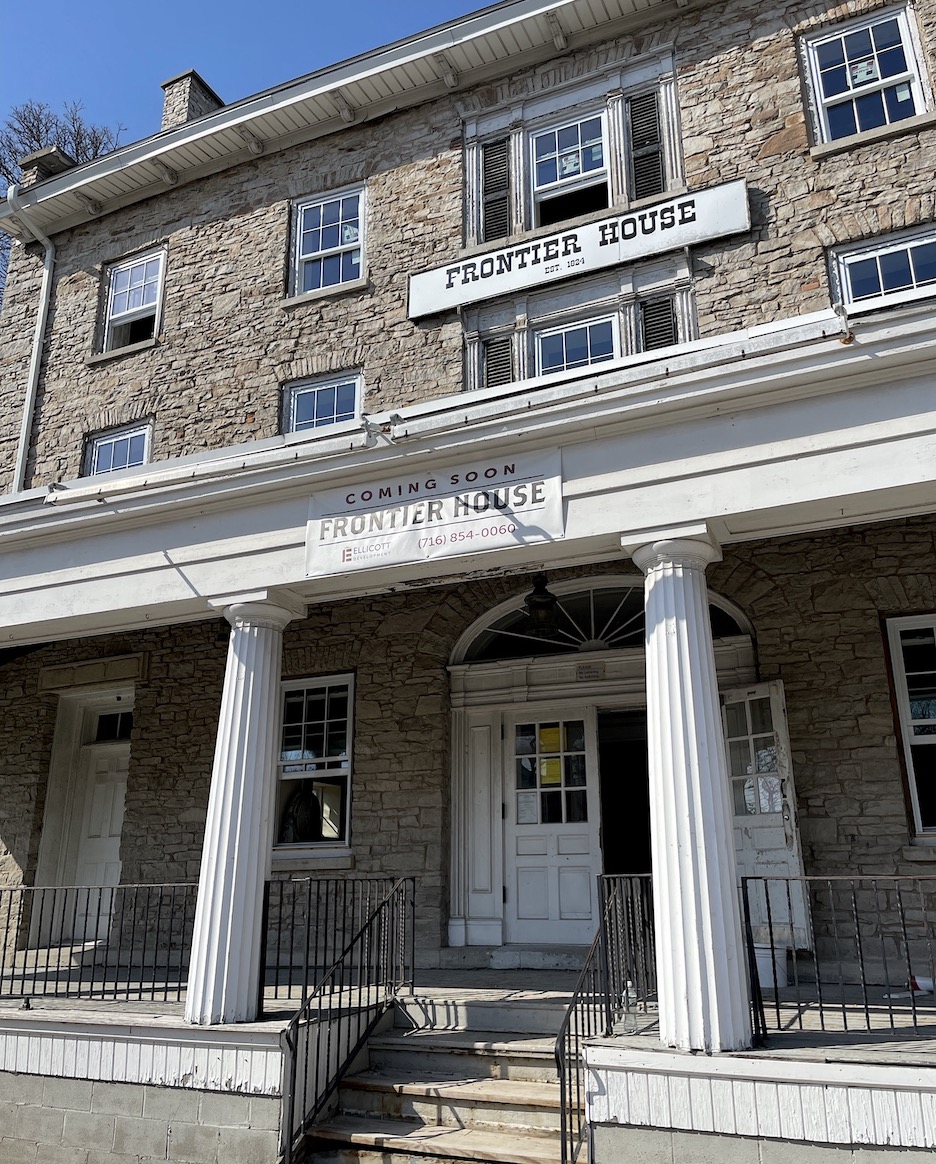Featured News - Current News - Archived News - News Categories
By Cornell University
Farm-to-school programs – which bring healthy foods to children and support rural economic development and local farms – work from an economic perspective in the Buffalo City School District, according to new Cornell University research.
The researchers chose to analyze Buffalo because it was by far the largest of the few school districts that qualified for the program, serving more than 29,500 lunches per day. An in-depth analysis of the program in Buffalo showed that not only did the program pay for itself via increased gross domestic product (GDP), there was a slight return on the investment.
The key finding: In addition to a clear shift in food-spending categories (including exponentially more fruits, vegetables and beef from local farms), the government’s enhanced reimbursement to the school district was more than offset by an expected increase in GDP due to increased demand for locally sourced food. That is, for every dollar in GDP the state spent to support the program, $1.06 of GDP was expected to be returned. But this comes with a caveat: The increase in local food spending is dependent on expanding the related farm and food product industries – and not reallocating existing supplies – to meet that demand.
“I think that’s really important,” said lead author, Cornell professor Todd Schmit. “In the long run with a new market – like through schools – we would expect that overall demand would be growing such that it’s all new (supply) because there’s a new market for these products. But we need to keep these net effects in mind, instead of just the gross effects.”
Cheryl Bilinski co-chairs the Cornell farm to school program work team and has been involved in the New York State Department of Agriculture and Markets’ 30% New York state initiative, which substantially increases school lunch reimbursements if school districts purchase at least 30% of their ingredients as New York food products (NYFP). School districts that purchase at least 30% of their food ingredients as NYFPs qualify for enhanced school lunch reimbursements – 25 cents per lunch, instead of 5.9 cents. Bilinski contacted Schmit to evaluate if the reimbursement dollars make economic sense.
The big takeaway for Schmit: Whoever came up with the 19.1-cent increase in lunch reimbursement got it right, almost to the penny, in terms of GDP return on investment.
This work was supported by grants from the USDA Agricultural Marketing Service Local Foods Promotion Program and the New York State Department of Agriculture and Markets.
For additional information, read this Cornell Chronicle story.





























